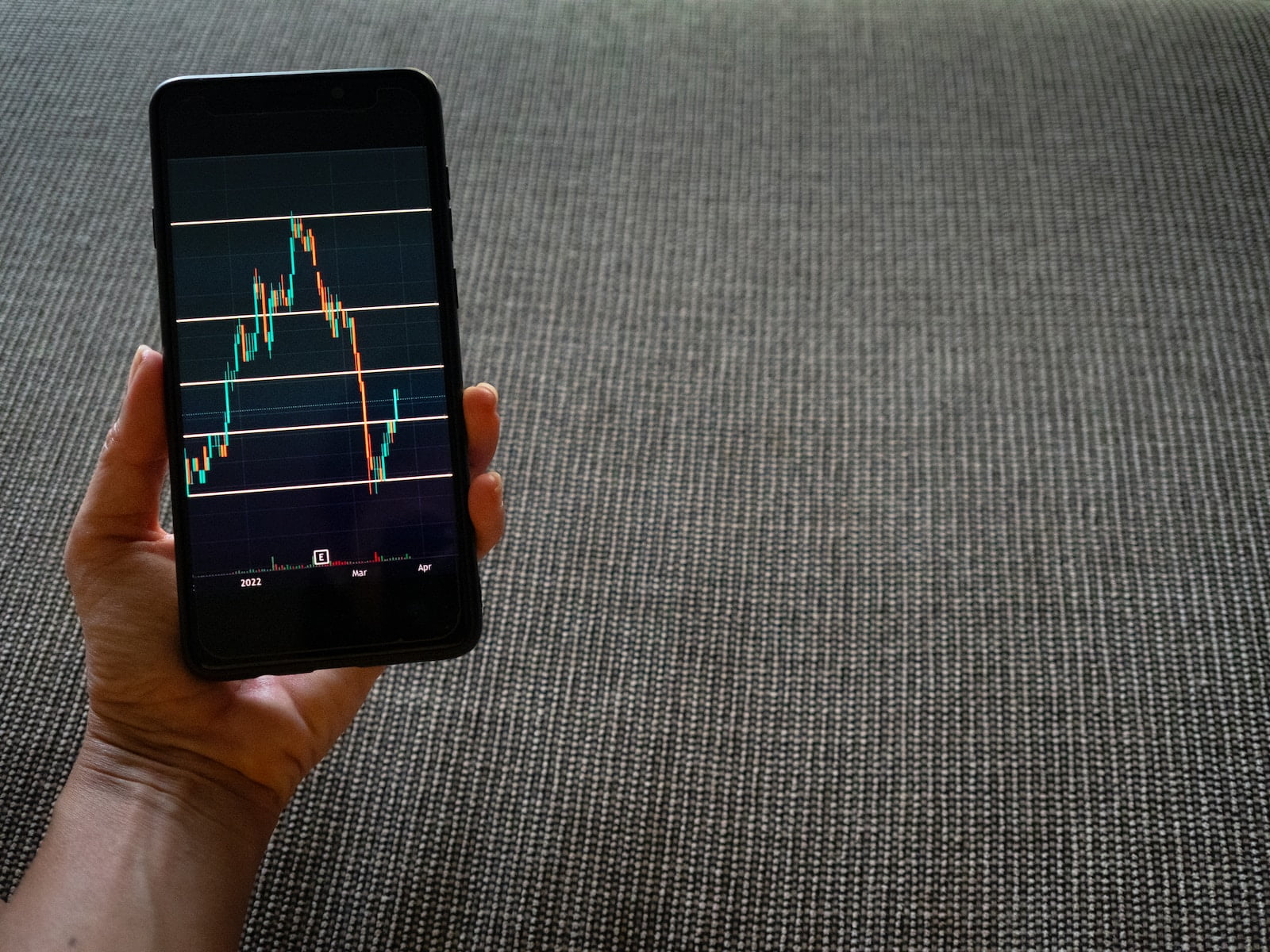In the world of financial markets, where data flows in abundance and markets evolve at lightning speed, mastering the art of trading requires more than intuition and gut feeling. It demands a disciplined and analytical approach. One of the most powerful tools in a trader’s toolkit is quantitative analysis. In this article, we will delve into the world of quantitative analysis, exploring what it is, how it works, and how traders can use it to make informed trading decisions.
What is Quantitative Analysis?
Quantitative analysis, often referred to as quant analysis or simply “quant,” is a systematic approach to trading and investing that relies on mathematical and statistical models to analyze data and make trading decisions. It involves the use of algorithms, historical data, and statistical techniques to identify patterns, trends, and opportunities in the financial markets.
Key Components of Quantitative Analysis
Quantitative analysis encompasses several key components that are essential for successful implementation:
1. Data Gathering:
The foundation of quantitative analysis is data. Traders collect and organize historical market data, which can include price, volume, volatility, and various other market indicators. High-quality data is crucial for accurate analysis.
2. Algorithm Development:
Quantitative traders develop trading algorithms based on mathematical models and strategies. These algorithms define the rules for entering and exiting trades, risk management, and position sizing.
3. Backtesting:
Before deploying a trading strategy in live markets, quants use historical data to backtest their algorithms. This process evaluates how the strategy would have performed in the past, helping to refine and optimize it.
4. Risk Management:
Effective risk management is a core component of quantitative analysis. It involves setting stop-loss levels, determining position sizes, and establishing risk-reward ratios to protect capital.
5. Real-Time Data Analysis:
Quantitative traders use real-time data feeds to monitor market conditions and execute trades. Advanced algorithms can process data quickly and make trading decisions in fractions of a second.
6. Portfolio Management:
Many quantitative traders manage portfolios of multiple trading strategies or assets to diversify risk and optimize returns.
Benefits of Quantitative Analysis
Quantitative analysis offers several advantages for traders:
1. Objectivity:
Quantitative analysis removes emotional bias from trading decisions. Algorithms make objective choices based on data and predefined rules.
2. Speed:
Quantitative trading systems can execute orders with incredible speed, taking advantage of short-lived opportunities in fast-moving markets.
3. Consistency:
Algorithms consistently apply trading strategies, ensuring that decisions are not influenced by mood or external factors.
4. Data-Driven Insights:
Quantitative analysis uncovers hidden patterns and correlations within data that may not be apparent through qualitative analysis alone.
5. Scalability:
Quantitative trading strategies can be scaled up or down to accommodate different trading sizes and asset classes.
Challenges of Quantitative Analysis
While quantitative analysis offers many benefits, it also comes with challenges:
Complexity: Developing and maintaining quantitative trading strategies requires expertise in mathematics, statistics, and programming.
Data Quality: The accuracy and quality of historical data are crucial for effective analysis.
Risk Management: Mismanaged algorithms can result in significant losses, making robust risk management essential.
Market Dynamics: Markets are not static, and strategies that were effective in the past may not work in the future.
Conclusion
Quantitative analysis is a powerful approach that enables traders to make data-driven decisions and navigate the complexities of financial markets. To master the art of trading with quantitative analysis, traders should invest in education, develop a deep understanding of mathematical models, continuously backtest and refine their strategies, and implement robust risk management practices. When used effectively, quantitative analysis can provide traders with a competitive edge and enhance their ability to make informed and profitable trading decisions.

+ There are no comments
Add yours